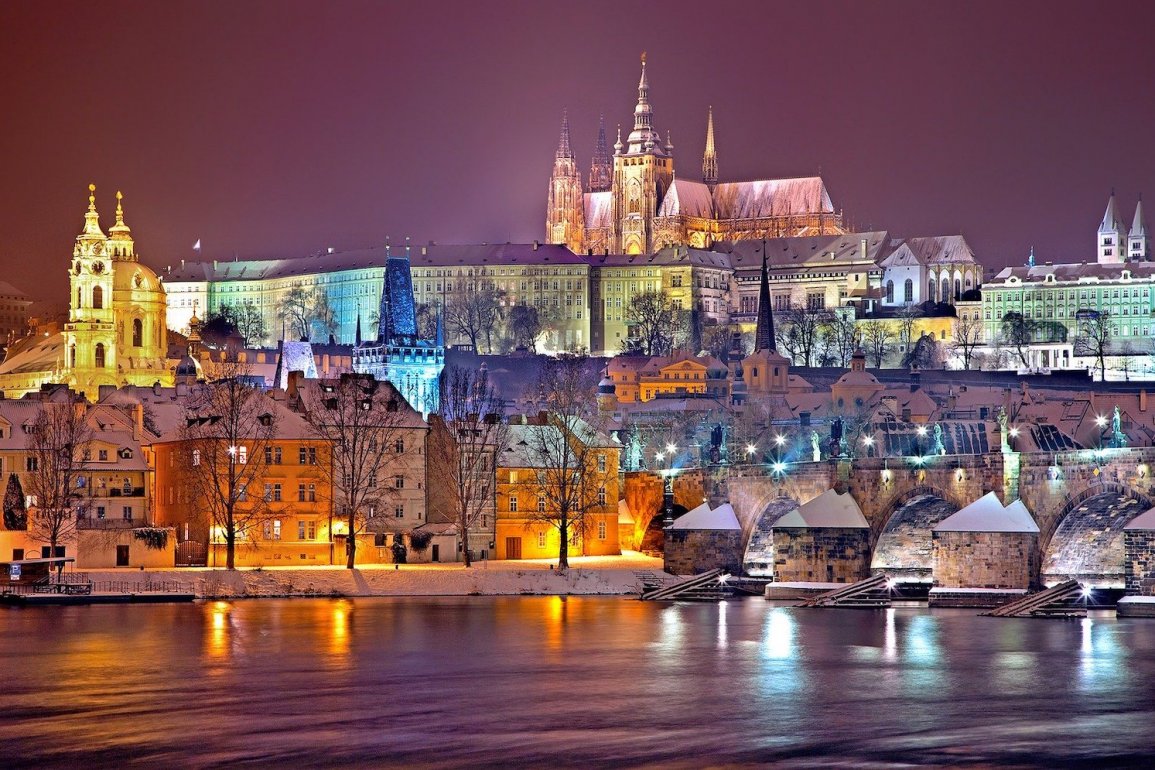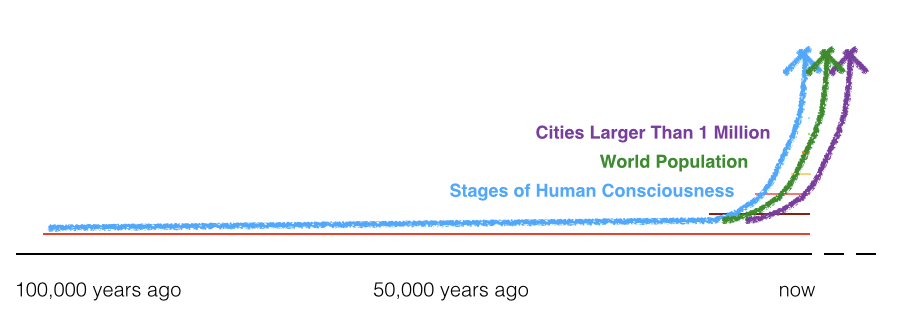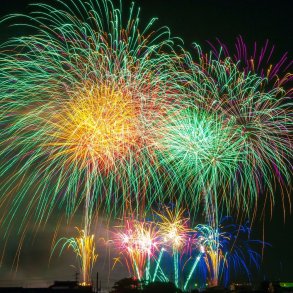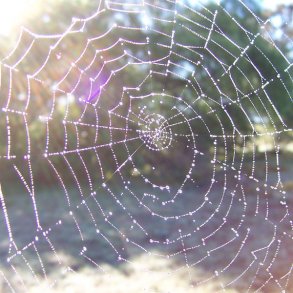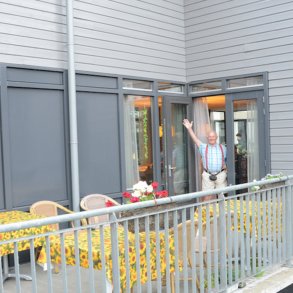By Beth Sanders for Enlivening Edge Magazine
Take a deep breath and center yourself in your body. Notice your brain and mind at work, and take another deep breath to give them a chance to settle. Notice your heart and emotions moving around within you, and breathe in another surge of air to give them a chance to settle. Take a breath of air deep into your belly, and as you exhale, settle yourself into opening to time and space that is wider and more expansive than the details of your day-to-day life.
Breathe in the grandness of cities
Take yourself back 216 years to the year 1800, imagining what life was like then in your part of the world. Notice that there was only one city on our planet with over one million inhabitants: Beijing.
Move ahead to the year 1900, imagining what life was like in your part of the world, noticing that now there are twelve cities with over one million inhabitants.
Move ahead to the year 1950, imagining what life was like in your part of the world, noticing that now 83 cities have over one million inhabitants.
Breathe the following into your consciousness:
- The number of urban areas that surpassed one million inhabitants in July 2015: 536.[1]
- The population of the world in 1800: 0.978 billion [2]
- The population of the world in January 2016: 7.392 billion [3]
- The number of years it took us to grow our first billion people: 2000 [4]
- The number of years it took us to grow our most recent billion people: 12 [5]
- The percentage of population living in cities today: 50% [6]
- The percentage of population living in cities 30 years from now: 66% [7]
The size of our species’ population is growing dramatically, and we change our habitat, by making cities, to survive and thrive. As birds build nests in which to nurture and grow young, and to serve as a platform to jump off into the rest of life, we make cities.
Breathe in the grandness, the wholeness, the consciousness of the cities all around you, all around our planet.
Breathe in a pattern of city purposes
There is an unfolding pattern of stages of development of our cities, as there is at every scale of humanity, from the citizen, family, neighbourhood or organization, city-region, to nation, continent and planet. It is a journey shaped by the specifics of context – the historic times (era); its geographic place (physical conditions); the challenges it faces to exist (priorities, survival issues, threats to safety), and its social circumstances (status, lineage, political systems) [8] – yet the pattern holds.
St. John’s, Newfoundland, on the most easterly point of land on North America, evolves as its habitat changes, guiding the physical, social, and economic shape of the city [9]. In an era of colonial expansion 500 years ago, the geography of St. John’s was a fundamental starting place: a sheltered, ice-free harbor that allowed people to survive in harsh conditions and harvest codfish for trade in Europe. (Note – there were indigenous inhabitants of Newfoundland. This is a colonial story.) Further, in an era when ships were sailing between North America and Europe, its location as the closest point of land to Europe was significant.
Geography that allows for survival and provides resources for trade is a basic prerequisite for human settlement. St. John’s was also shaped by military imperatives of England, France, Spain, and Portugal to secure the fishery. In 1800 it was a community of wharves, public houses, homes, churches, forts, and batteries that served the needs of the times. It was a place of command authority, where power ruled and life had a short-term, chaotic focus. It was a RED settlement.
As cod trade grew in Europe, Newfoundland had become the largest exporter of salt cod by the end of the 1800’s. Numerous trades to support the fishery were now on hand: pharmacies, offices, stores, warehouses, suppliers, hotels, and other services. The presence and authority of government included fortifications, a courthouse, telegraph company, and an aqueduct for a clean water supply. The fishing, preserving, storing, and shipping industries needed a town to support their activities. This was a place where authority and moral codes were valued for stability. It was an AMBER town.
Over the years, the habitat continued to change. In World War II, fortifications were added to protect transatlantic shipping routes. The market for salt cod shrank as demand for frozen fish grew. A decline in fish stocks resulted in a fishing moratorium and economic hardship. To remain competitive, alternate resources were developed; offshore oil production buoyed the economy, as did tourism. This was a place where entrepreneurial spirit and innovation were valued. It was an ORANGE city.
Emerging GREEN can be found in the ways the city experiments to accommodate the diverse needs of its citizens, and the ways government now engages diverse stakeholders in decision-making.
Breathe in Teal breakthroughs in the city
The wholeness of purposes
Breathe in the wholeness of the evolving purposes of the city: a place to survive together and belong to each other; a place for power and might; a place for moral codes and authority; a place for innovation and strategy; a place to learn how to include the diversity of humanity. The purposes of the city evolve – just as they do for citizens and organizations.
A Teal city pays attention to these purposes, noticing how they shape the city’s past, present and future. All of these purposes have a role in city life, and a Teal city works toward healthy manifestations of all these purposes. When survival needs of citizens must to be met, we pay attention and act. We use our RED passion to fuel the work we long to do because it serves to improve the city. When AMBER rules are outdated, we change them to align to current purposes. We tap into ORANGE creativity in citizens, and celebrate the GREEN diversity in today’s cities.
A Teal city welcomes the city’s range of purposes, and the range of people and work in our cities. When we bring all of who we are to our work, we recreate our organizations and cities – which in turn offer us greater opportunities to do the work we long to do. And so goes the never-ending mutual reshaping relationship between cities and citizens.
Evolutionary purpose in relationship
Breathe in the idea of a Teal city, with a life and sense of direction of its own that cannot be predicted or controlled. The role of players in the city – citizens, civic government, business community, and community organizations [10] – is to listen and discern the purpose the city wants to serve.
The evolutionary purpose of the Teal city is to be a habitat in which citizens grow and evolve. This does not mean a perfect city, but rather a challenging city, challenges which compel us to work to improve ourselves and the physical, social, and economic habitats we make for ourselves. The evolutionary purpose of the Teal city is relationship: the Teal city gives us opportunities to do work that nourishes our souls, and Teal citizens choose that work.
The qualities of Teal city relationships
The wholeness of the city includes structures of hierarchy, yet no one person or organization is in command or has exclusive authority to truly shape the city. As Teal citizens, we focus on the quality of our relationships across every scale of relationship: with self, others, the city as a whole, and the planet.
Deep into your belly, breathe in the agreements inherent to the Teal city:
- I offer what I can to the city, and receive what I need
- Others offer what they can to the city, and receive what they need
- We offer what we can to the city, and receive what we need
- The city offers what it can, and receives what it needs
- The planet offers what it can, and it receives what it needs
When you reinvent yourself, and your organizations, you reinvent your city.
[1] “Major Agglomerations of the World – Statistics and Charts in Maps, Diagrams and Tables.” Major Agglomerations of the World. Accessed December 28, 2015. http://www.citypopulation.de/world/Agglomerations.html.
[2] United Nations, The World at Six Billion, UN Department of Economic and Social Affairs, Population Division, 2011.
[3] “Current World Population”, World Population Clock: 7.3 Billion People (2015). Accessed January 3, 2015. http://www.worldometers.info/world-population/.
[4] Rosenberg, Matt. “Current World Population: World Population and World Population Growth Since Year One.” World Population – Current and Historic Counts. Accessed January 3, 2016. http://geography.about.com/od/obtainpopulationdata/a/worldpopulation.html. In year “1” we numbered 200 million. It took until the year 1850 to reach 1.2 billion.
[5] “World Population Prospects – The 2012 Revisions.” The United Nations, Department of Economic and Social Affairs, Population Estimates and Projections Section. Accessed April 7, 2015. http://esa.un.org/wpp/Other-Information/faq.htm#q4.
[6] “State of World Population 2011: People and Possibilities in a World of 7 Billion.” United Nations Population Fund, UNFPA, 2011.
[7] Ibid.
[8] Beck, Don Edward and Christopher C. Cowan. Spiral Dynamics: Mastering Values, Leadership, and Change. Oxford: Blackwell Publishing, 2006.
[9] Sanders, Beth. “From the High Water Mark to the Back of the Fish Flakes – The Purposeful Evolution of Cities.” Plan Canada. Winter 2011, Vol. 51, No. 4, 26-31.
[10] Hamilton, Marilyn. Integral City: Evolutionary Intelligences for the Human Hive. Gabriola Island: New Society Publishers, 2008.
 Beth Sanders is a Canadian writer and professional city planner. She works with citizens, government, the business community, and community organizations that work together to create cities that serve citizens well – and citizens that serve the city well. She is nearing completion of her book, Nest City: The Real City Planner is You. [email protected] www.populus.ca
Beth Sanders is a Canadian writer and professional city planner. She works with citizens, government, the business community, and community organizations that work together to create cities that serve citizens well – and citizens that serve the city well. She is nearing completion of her book, Nest City: The Real City Planner is You. [email protected] www.populus.ca
Featured
